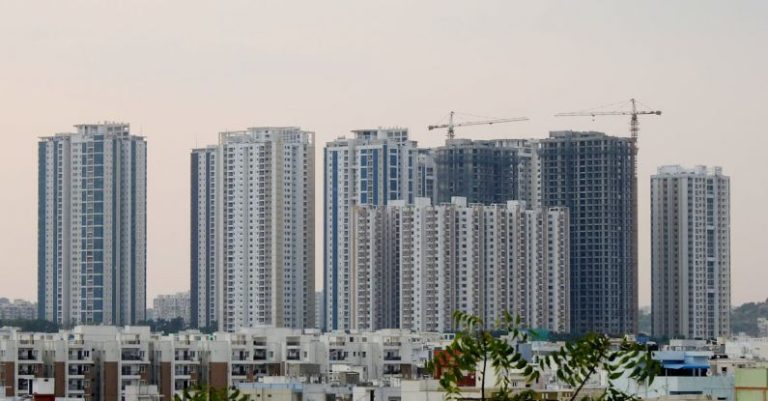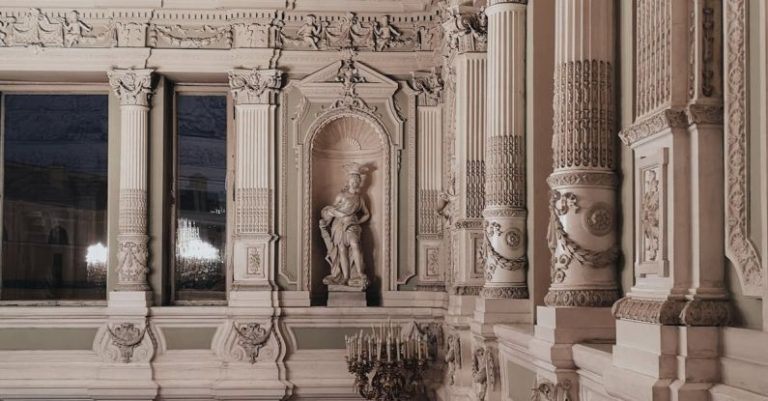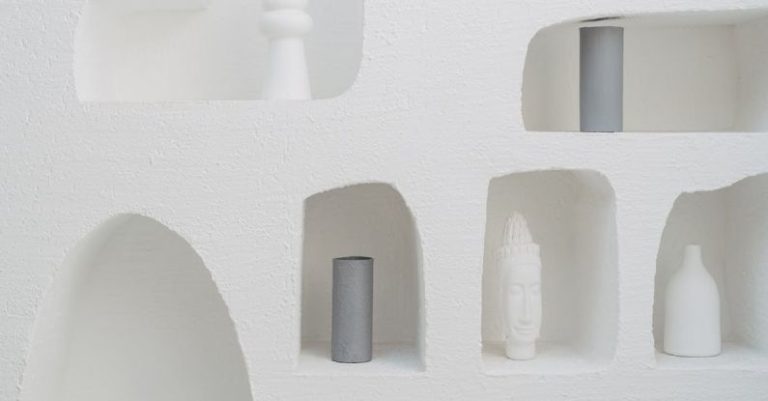Navigating Fire Regulations with Composite Materials in Architecture
When it comes to designing modern architectural structures, the use of composite materials has gained significant popularity. These materials offer versatility, durability, and aesthetic appeal, making them a preferred choice for architects and designers. However, one crucial aspect that cannot be overlooked when incorporating composite materials in construction is fire safety. Navigating fire regulations with composite materials in architecture is essential to ensure the safety and compliance of buildings.
Understanding Fire Regulations
Fire regulations are guidelines and standards set by regulatory authorities to ensure the safety of buildings and occupants in the event of a fire. These regulations specify requirements for building materials, construction techniques, and fire safety systems to minimize the risk of fire incidents and facilitate safe evacuation.
Composite materials, which are engineered materials made from two or more constituent materials with significantly different physical or chemical properties, present unique challenges when it comes to fire safety. While some composite materials may offer enhanced fire resistance compared to traditional materials, others may pose a higher fire risk due to their composition.
Choosing the Right Composite Materials
Selecting the appropriate composite materials is crucial for architects and designers to meet fire regulations effectively. When choosing composite materials for architectural applications, factors such as fire resistance, smoke generation, and toxicity should be carefully considered.
Fire-resistant composite materials, such as glass fiber-reinforced polymers (GFRP) and carbon fiber composites, offer enhanced fire performance and are often used in high-risk areas where fire safety is a top priority. These materials have low flammability and do not emit toxic fumes when exposed to fire, making them suitable for applications where stringent fire regulations must be met.
On the other hand, some composite materials, such as thermoplastic composites, may have lower fire resistance and can pose challenges in meeting fire regulations. In such cases, architects and designers must implement additional fire safety measures, such as fire-retardant coatings or barriers, to enhance the overall fire performance of the structure.
Incorporating Fire Safety Systems
In addition to selecting the right composite materials, integrating fire safety systems into architectural designs is essential for ensuring compliance with fire regulations. Fire safety systems, such as fire alarms, sprinkler systems, smoke detectors, and emergency lighting, play a critical role in alerting occupants to a fire incident and facilitating safe evacuation.
Architects and designers should work closely with fire safety engineers to incorporate these systems seamlessly into the building design. By integrating fire safety systems early in the design phase, potential fire hazards can be identified and mitigated effectively, reducing the risk of non-compliance with fire regulations.
Testing and Certification
Testing and certification of composite materials are vital steps in navigating fire regulations in architecture. Before specifying composite materials for a project, architects and designers should ensure that the materials have undergone rigorous testing to evaluate their fire performance and compliance with relevant standards.
Composite materials that have been tested and certified for fire resistance by accredited testing laboratories provide assurance of their safety and reliability in the event of a fire. By selecting certified materials, architects and designers can demonstrate compliance with fire regulations and ensure the overall safety of the building.
Conclusion
In conclusion, navigating fire regulations with composite materials in architecture requires a comprehensive understanding of fire safety principles, careful selection of materials, integration of fire safety systems, and adherence to testing and certification standards. By prioritizing fire safety in architectural designs and following best practices for incorporating composite materials, architects and designers can create buildings that not only meet regulatory requirements but also prioritize the safety and well-being of occupants.






